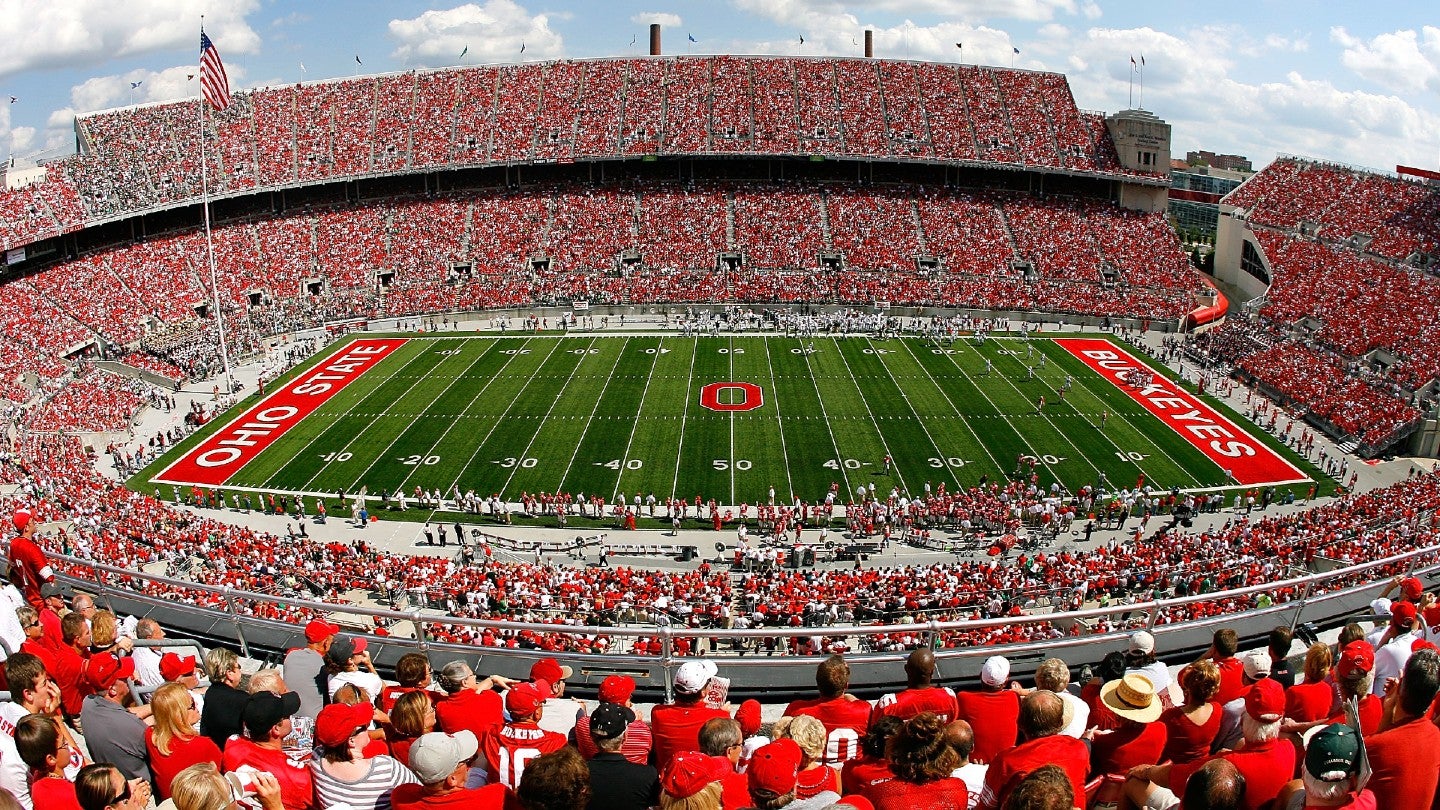
US collegiate sports governing body the NCAA has announced that it will now allow on-field commercial sponsor advertisements for NCAA American football competitions from the 2024 season onward.
New rules mean that the 50-yard line at the field’s center will now be able to host one single corporate advertisement on the turf, while two smaller advertisements may also be located elsewhere on the field.
The NCAA Playing Rules Oversight Panel agreed on the new legislation last Thursday, following advice from the association’s Football Rules Committee to the same effect.
Collegiate programs will be able to select these advertisements on either a game-by-game basis, or set them in place for the whole season, allowing colleges flexible sponsorship inventory.
The NCAA stated that the decision was made to align regular-season NCAA game advertising rules with the post-season bowl games, as well as games conducted at neutral venues – as both of those already allow on-field advertising.
In the statement, NCAA president Charlie Baker added: “This change allows schools to generate additional income to support student-athletes.”

US Tariffs are shifting - will you react or anticipate?
Don’t let policy changes catch you off guard. Stay proactive with real-time data and expert analysis.
By GlobalDataRevenue generation will be key for NCAA schools given reports that the body and its five major conferences are set to pay players.
As part of a settlement of f three antitrust lawsuits, ESPN reported last month that the NCAA's board of governors voted to agree to settlement terms in the cases – not unanimously, however – joining three of the conferences, the Big 12, ACC, and the Big Ten, in agreeing to allow colleges to pay players.
This seismic move would bring about an end to decades of unpaid amateurism in US college sports and will likely prompt colleges to seek more revenue-driving opportunities to support their aspirations.



